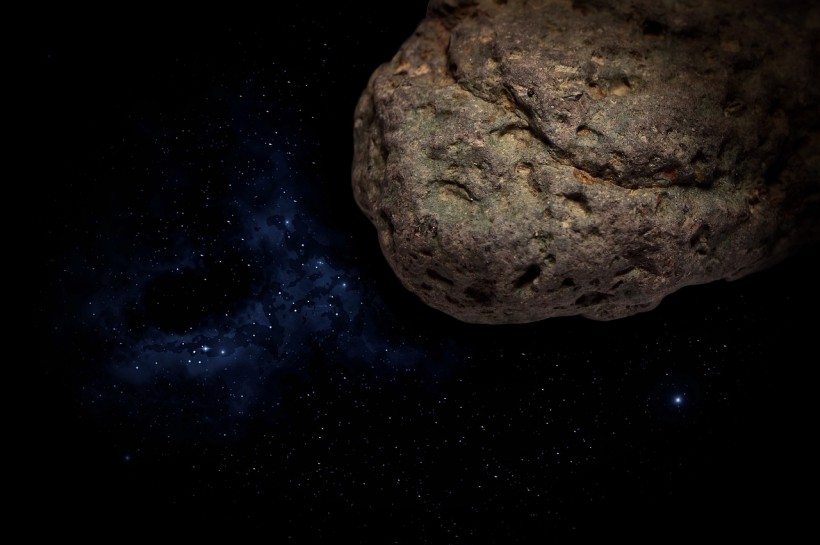A 600-foot asteroid was detected near Earth after being hidden in plain sight for a year, according to reports this week. The space rock can be compared to having a size as tall as the Washington Monument and the Singapore Flyer (Ferris wheel).
However, experts believe that it poses no threat to our planet in the distant future since estimates suggest that its trajectory will not make a direct impact on Earth for now.
Regardless, space authorities consider the giant celestial object to be a potentially hazardous asteroid (PHA), a term used by the National Aeronautics and Space Administration and other space agencies to designate an asteroid with the potential to cause significant damage, should it hit our planet.
In recent years, NASA has led programs, including planetary defense systems, to address the threat posed by asteroids, especially the planet-killing ones.
Asteroid 2022 SF289

2022 SF289 is categorized as a PHA since not only it is relatively close to the Blue Planet but is also 180 meters or 600 feet wide.
In September 2022, the asteroid made a close approach to our planet, flying within 4.5 million miles (7.2 million kilometers) from us, according to NASA, as cited Live Science, which reported that astronomers worldwide initially failed to detect the space object since the large rock was covered by starlight within the Milky Way galaxy.
In a news release earlier this week, researchers from the University of Washington said that a new algorithm designed to detect near-Earth asteroids or NEAs have discovered its first PHA such as Asteroid 2022 SF289, UW News reported on Monday, July 31.
Also Read: Asteroid Hits Off the Coast of Iceland, Becoming the Fifth Known Earth Impactor
Potentially Hazardous Asteroid
Potentially hazardous asteroids (PHAs) are categorized based on their potential to make threatening close approaches to our planet. All asteroids with a minimum orbital distance of 0.05 astronomical units or less and an absolute magnitude of 22.0 or less are designated as PHAs, according to NASA's Center for Near Earth Object Studies.
While these asteroids are mostly thousands or millions of miles away from Earth, astronomers still consider them to be potentially dangerous. In addition, these distances are relatively 'close' in astronomical terms. Furthermore, asteroids must also be large enough to be considered as 'potentially dangerous.'
Can We Stop Asteroids?
It has been established that 2022 SF289 does not pose a threat to Earth at this moment. Yet, there are still asteroids or comets within our Solar System, including in the Asteroid Belt, and potentially outside our cosmic neighborhood that can hit Earth with tremendous force.
Amid this imminent threat, NASA has pioneered planetary defense systems such as the use of kinetic force to deflect an approaching asteroid. One such measure is the "successful" Double Asteroid Redirection Test (DART), wherein in September 2022 was able to impact Dimorphos, a natural satellite of the asteroid Didymos.
Despite the announced feat, NASA, and other space agencies, as well as their collaborators, are still working on the kinetic impactor technology and other potential means to stop a potentially dangerous asteroid, like the one that killed the dinosaurs 65 million years ago.
Related Article: Potentially Hazardous Asteroid '1994 XD' to Pass Earth on Sunday Night: NASA
© 2024 NatureWorldNews.com All rights reserved. Do not reproduce without permission.

![Tsunami Hazard Zones: New US Map Shows Places at Risk of Flooding and Tsunamis Amid Rising Sea Levels [NOAA]](https://1471793142.rsc.cdn77.org/data/thumbs/full/70325/280/157/50/40/tsunami-hazard-zones-new-us-map-shows-places-at-risk-of-flooding-and-tsunamis-amid-rising-sea-levels-noaa.jpg)



